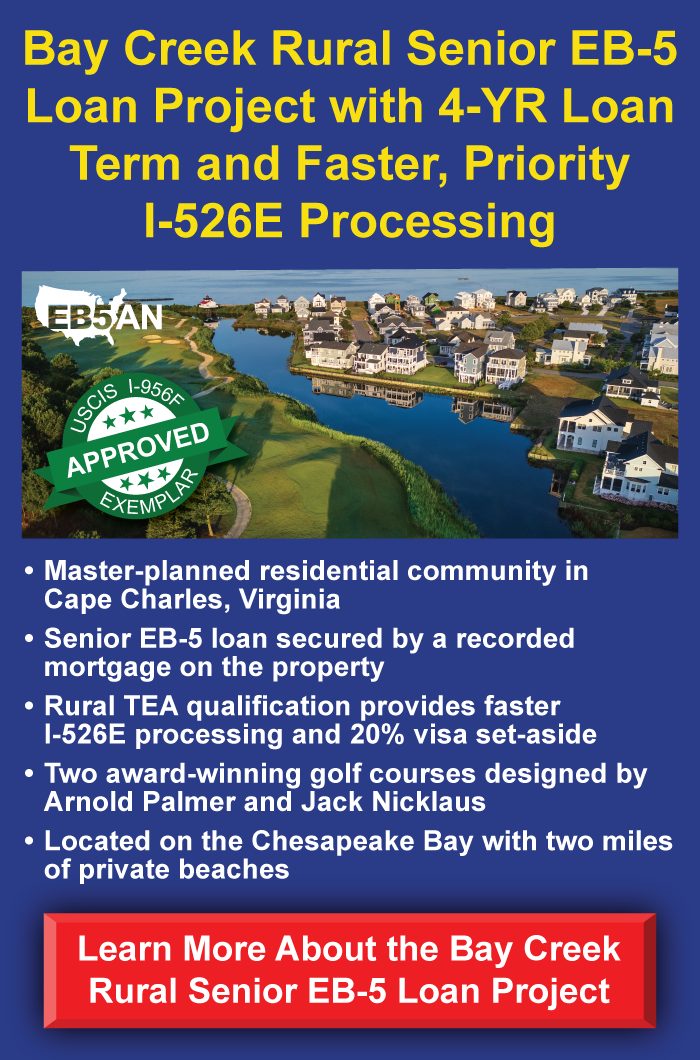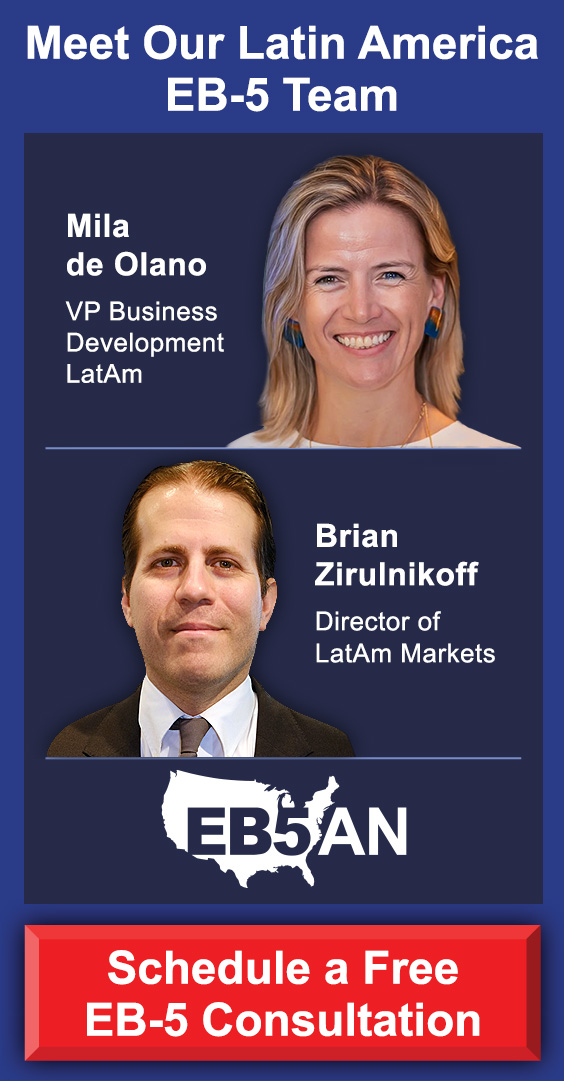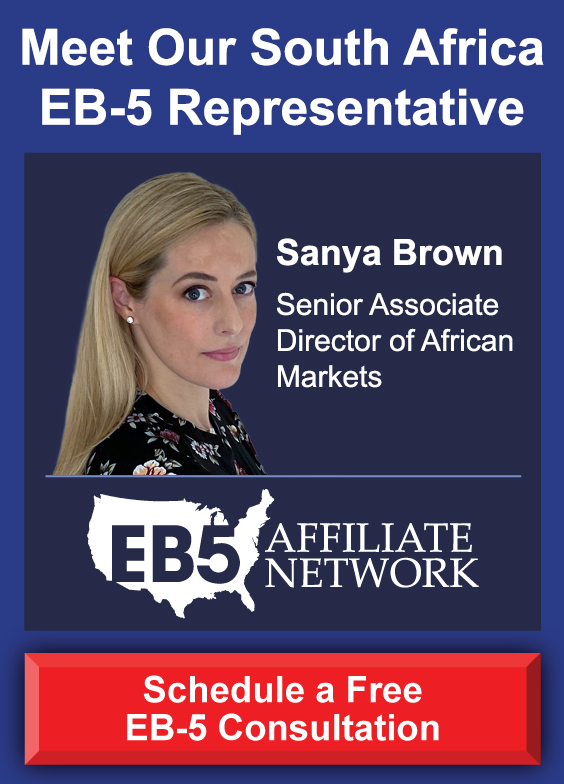On October 22, 2025, the U.S. Department of Homeland Security (DHS) issued a Notice of Proposed Rulemaking (NPRM) that could bring long-awaited relief to the EB-5 community. The proposed rule would reduce most EB-5 program filing fees, a move that follows years of substantial fee increases and widespread concern over the program’s affordability and global competitiveness.
This proposal represents a major policy development that signals strong federal support for the EB-5 program. While these changes are not final yet, they mark a hopeful turning point for investors, regional centers, and project sponsors alike.
The NPRM Process
A Fee Study Required by the 2022 EB-5 Reform and Integrity Act
Proposed Fee Reductions
- Introduction of a New Form I-527
- Integrity Fund Compliance and New Penalties
- A Positive Signal for the Future of EB-5
What Happens Next for EB-5 Investors
The NPRM Process
An NPRM is the first official step in the federal rulemaking process. When a government agency like DHS wants to amend or create new regulations, it must first publish its proposed changes in the Federal Register. This begins a public comment period, in this case, 60 days, during which individuals, organizations, and industry stakeholders can submit feedback or recommendations.
After the comment period closes, DHS will review and analyze all comments before deciding whether to:
- Publish a final rule, making the fee changes official,
- Revise and reissue a new proposed rule, or
- Withdraw the proposal entirely.
Only when a final rule is issued do the new fees and regulations take effect.
A Fee Study Required by the 2022 EB-5 Reform and Integrity Act
The proposed fee adjustments stem from a comprehensive fee study mandated by the EB-5 Reform and Integrity Act of 2022 (RIA). That law required DHS and U.S. Citizenship and Immigration Services (USCIS) to evaluate EB-5 filing fees periodically to ensure that costs reflect the agency’s actual workload while supporting program efficiency and integrity.
The result of that study is now visible in this new NPRM, a carefully calibrated fee structure that would reduce costs for most EB-5 stakeholders. For investors and regional centers that have faced significant financial hurdles following the last round of fee increases, this proposal represents a meaningful shift toward balance and accessibility.
Proposed Fee Reductions
DHS is proposing fee reductions across nearly all major EB-5 forms, averaging an overall decrease of approximately 15%. Here are some of the most significant changes outlined in the NPRM:
Lowering these fees could encourage new participants, foster greater competition, and promote regional economic development; all key goals of the EB-5 program.
For investors, the decreases in the I-526/I-526E and I-829 fees directly reduce the total cost of pursuing permanent residency through EB-5. A 14–17.5% drop in filing fees may not change the total investment requirement, but it meaningfully eases the financial burden associated with application processing and compliance.
Introduction of a New Form I-527
In addition to reducing existing fees, DHS is also proposing a new form: Form I-527, with a proposed fee of $8,000. While details are still being clarified, this form is expected to streamline certain filing processes and align with the RIA’s broader efforts to improve transparency, tracking, and data consistency across EB-5 filings.
Integrity Fund Compliance and New Penalties
The NPRM also includes proposed penalties for late Integrity Fund payments, reinforcing DHS’s commitment to maintaining program integrity.
Under the proposed rule:
- Late payments to the EB-5 Integrity Fund would be subject to a 10–20% penalty, or
- Regional centers that fail to make payment within 90 days could face termination from the program.
A Positive Signal for the Future of EB-5
The proposed fee reductions are more than just administrative updates; they represent a renewed vote of confidence in the EB-5 program’s long-term value to the U.S. economy.
By aligning fees more closely with operational realities and reducing barriers to entry, DHS is helping sustain new investment and strengthen regional economic growth while maintaining program integrity.
Notably, these proposed changes could make the U.S. EB-5 program more globally competitive and attractive to foreign investors. Several industry organizations have already expressed optimism, viewing this NPRM as a clear indication that the federal government is listening to industry feedback and committed to the EB-5 program’s success.
What Happens Next for EB-5 Investors
The proposed rule is currently open for public comment for 60 days following its publication in the Federal Register. Stakeholders are encouraged to submit comments to DHS during this period.
After the comment window closes, DHS will review all feedback and determine whether to finalize, modify, or withdraw the proposed rule.
Until a final rule is published, current EB-5 filing fees remain in effect. Applicants should continue using existing fee schedules and forms when filing petitions.
In summary, the DHS proposal to reduce EB-5 filing fees is a constructive, data-driven response to stakeholder concerns. With an average fee decrease of about 15%, new process improvements like Form I-527, and stronger integrity measures, this NPRM signals a bright future for the EB-5 program; one built on transparency, balance, and continued partnership between the government and the EB-5 community.
As the industry awaits DHS’s final decision, now is an ideal time for investors to explore qualified regional center projects that meet all current EB-5 requirements.
EB5AN has helped more than 2,700 families from 70+ countries become lawful permanent residents of the United States. Our expert team has more than a decade of experience and offers clients first-rate, low-risk EB-5 regional center projects with a 100% USCIS project approval rate.
If you would like to know more about your EB-5 investment options, book a free call with our expert team today.










